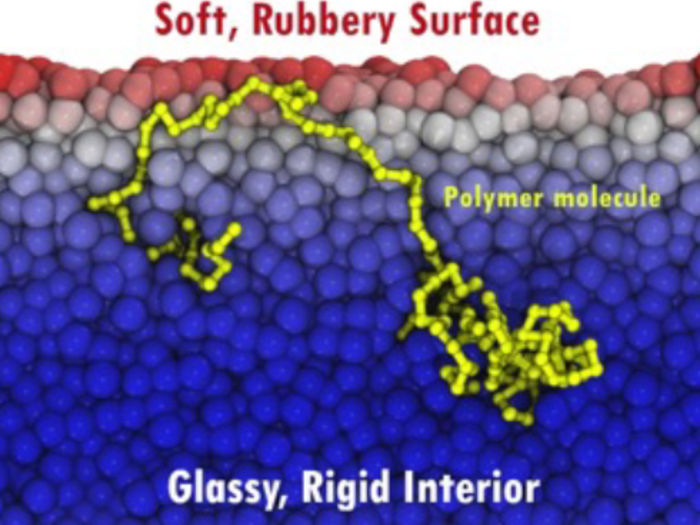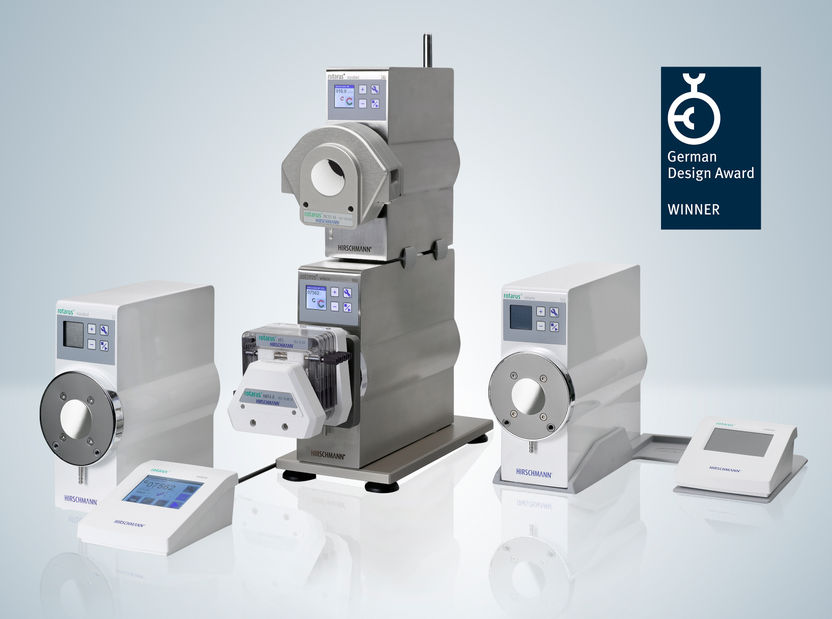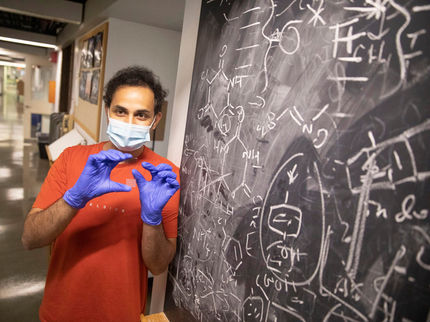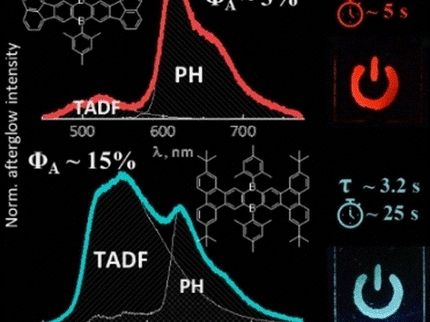Anti-counterfeit 'fingerprints' made from silver nanowires
Unique patterns made from tiny, randomly scattered silver nanowires have been created by a group of researchers from South Korea in an attempt to authenticate goods and tackle the growing problem of counterfeiting.
The nanoscale 'fingerprints' are made by randomly dumping 20 to 30 individual nanowires, each with an average length of 10 to 50 µm, onto a thin plastic film, and could be used to tag a variety of goods from electronics and drugs to credit cards and bank notes.
They have been presented in a paper published in IOP Publishing's journal Nanotechnology.
According to the researchers, the fingerprints are almost impossible to replicate because of the natural randomness of their creation and the difficulty associated with manipulating such small materials.
Lead author of the research Professor Hyotcherl Ihee, from the Korea Advanced Institute of Science and Technology (KAIST) and Institute for Basic Science (IBS), said: "It is nearly impossible to replicate the fingerprints due to the difficulty in trying to manipulate the tiny nanowires into a desired pattern. The cost of generating such an identical counterfeit pattern would generally be much higher than the value of the typical product being protected."
The researchers estimate that the fingerprints could be produced at a cost of less than $1 per single pattern, which was demonstrated in their study by synthesizing a solution containing individual silver nanowires, coating the nanowires with silica, doping them with specific fluorescent dyes and then randomly dropping them onto a transferable film made from flexible polyethylene terephthalate (PET).
The fluorescent dyes allowed the patterns, which are invisible to the naked eye, to be visually identified and authenticated under an optical microscope and could add another layer of complexity to the 'fingerprints' if a number of different coloured dyes are used.
The researchers believe the fingerprints could also be tagged with a unique ID, or barcode, which could facilitate a quick search in a database and ease the process of authentication or counterfeit identification.
"Once a pattern is tagged and stored on a database using a unique ID, a certain substrate, whether this is a bank note or a credit card, could be authenticated almost immediately by observing the fluorescence images and comparing it with stored images," continued Professor Ihee.
"These authentication processes can be automated by employing an algorithm that recognises the positions and colours of the silver nanowires and digitizes that information in a database. Such digitized information could significantly reduce the size of the stored data and reduce the time required for the authentication process."
According to the World Customs Organisation, around six per cent of global traded goods are counterfeit, which the researchers believe could be reduced by using their technique to authenticate goods.
"Compared to other anti-counterfeit methods, the fingerprints are cheap and simple to produce, they are extremely difficult to replicate and can be authenticated very straightforwardly," concluded Professor Ihee.
Organizations
Other news from the department science

Get the chemical industry in your inbox
By submitting this form you agree that LUMITOS AG will send you the newsletter(s) selected above by email. Your data will not be passed on to third parties. Your data will be stored and processed in accordance with our data protection regulations. LUMITOS may contact you by email for the purpose of advertising or market and opinion surveys. You can revoke your consent at any time without giving reasons to LUMITOS AG, Ernst-Augustin-Str. 2, 12489 Berlin, Germany or by e-mail at revoke@lumitos.com with effect for the future. In addition, each email contains a link to unsubscribe from the corresponding newsletter.
Most read news
More news from our other portals
Last viewed contents
Hurler_syndrome
WITec appoints new distributor in Israel - Advanced Technological Solutions Ltd. selected as exclusive representative
WACKER Opens International Training Center for Silicone Applications in Japan

Breakthrough discovery: Plastics aren’t what we think - New study finds they’re a tad rubbery, paving the way for better products





























































